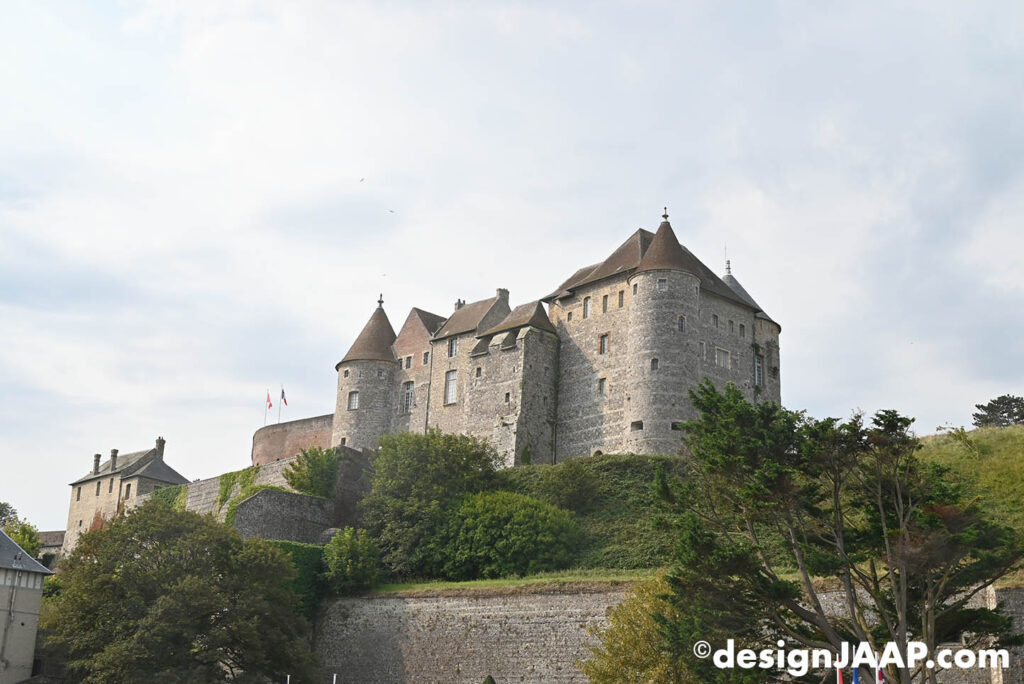Dieppe is a coastal commune in the Seine-Maritime department, Normandy, northern France.
Dieppe is a seaport on the English Channel at the mouth of the river Arques. A regular ferry service runs to Newhaven in England.
Famous for its scallops, Dieppe also has a popular pebbled beach, a 15th-century castle and the churches of Saint-Jacques and Saint-Remi. The mouth of the river Scie lies at Hautot-sur-Mer, directly to the west of Dieppe.
History
First recorded as a small fishing settlement in 1030, Dieppe was an important prize fought over during the Hundred Years’ War.

Château de Dieppe (Dieppe Castle)
It housed the most advanced French school of cartography in the 16th century. Two of France’s best navigators, Michel le Vasseur and his brother Thomas le Vasseur, lived in Dieppe when they were recruited to join the expedition of René Goulaine de Laudonnière which departed Le Havre for Florida on April 20, 1564. The expedition resulted in the construction of Fort Caroline, the first French colony in the New World.
On 23 July 1632, 300 colonists heading to New France departed from Dieppe. At the Revocation of the Edict of Nantes in 1685, Dieppe lost 3,000 of its Huguenot citizens, who fled abroad.
During the later 19th century, Dieppe became popular with English artists as a beach resort. Prominent literary figures such as Arthur Symons loved to keep up with the latest fads of avant-garde France here, and during “the season” sometimes stayed for weeks on end.
During the Second World War Dieppe was occupied by German naval and army forces after the fall of France in 1940. In order to allow a better defence of the coast against a possible Allied landing, the Germans destroyed the mauresque casino that was located near the beach area.
Here is a photographic impression of architecture of Dieppe.